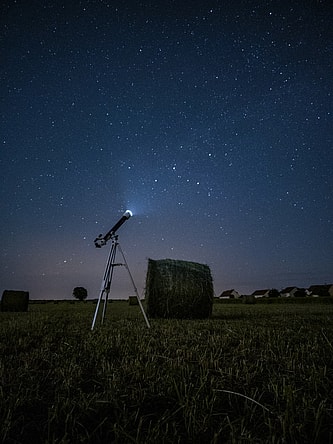
Stargazing is a great hobby, and while you’re talking the time to look at the stars take a moment to look at all the planets in our galaxy. If you don’t have a telescope yet, don’t worry as we’ve collected a list of the fifteen best telescopes to see planets, so that you can go out and learn more about the galaxy we live in.
What Types of Telescopes Are There?
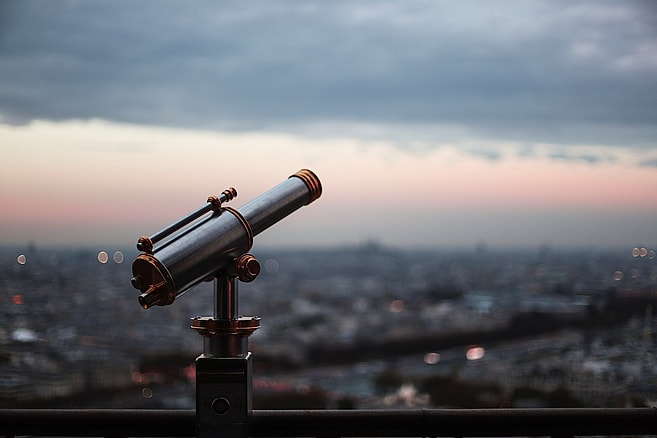
Even though there are tons of names for different types of telescopes, they all will fall into three main categories – refractors, reflectors, or catadioptric/compound telescopes. Refractor telescopes use lenses to bend light into focus, reflectors use mirrors to reflect light into focus, and catadioptric/compound telescopes use a combination of both lenses and mirrors to pull an image into focus.
What You Need in a Telescope to See Planets
A refractor telescope is the best choice for viewing planets as it is the best at observing large and bright objects. For the diameter of the lens you should try to get one that has a diameter of 80-110 mm, since the bigger the diameter is, the better you will see the individual planets or even Saturn’s moons. For the eyepiece an ideal telescope will have three options of lens with different magnifications, so you can properly match your magnification with your lens focal length to get the clearest image. Finally, for the field of view you should try to get a Plossl or Supel-Plossl eyepiece for the widest view of space as possible.
What Kind of Telescope Do You Need to See Saturn’s Rings?
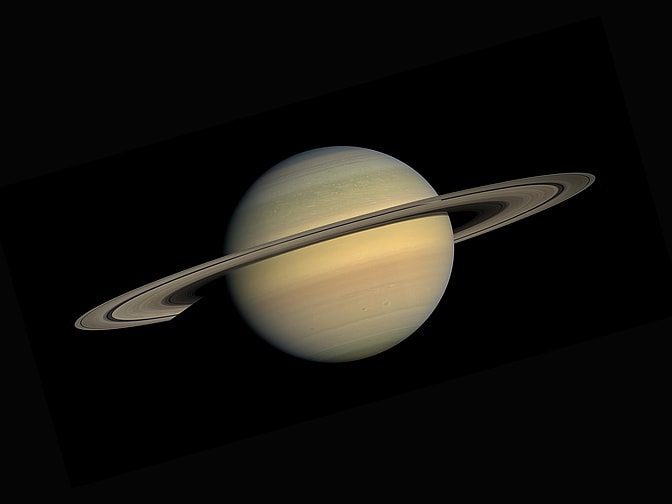
There are two choices for the best telescope to see Saturn and its rings – a Maksutov-Cassegrain or Schmidt-Cassegrain telescope. These are both compound telescopes, and are the best because they gather the most light, have long focal lengths, and can accommodate eyepieces with 150x magnification or more.
What Magnification Do You Need to See Saturn’s Moons?
According to High Point Scientific, the best telescope to see all of Saturn’s moons is an 8”-10” Dobsonian, but you can use a telescope of any aperture and see most of Saturn’s moons that way. For the magnification, it is recommended to use between 150-250x, but this is also dependent on the visibility on the night you are looking for Saturn’s moons. You might only see a couple of the moons on a poor night, but on a good night you should see all of the moons easily.
Which Is a Better Telescope, Reflector or Refractor?
Put head to head, refractors generally have an edge over reflectors for a quality image, from the lens/mirror quality to the precision optical mountings, and the lack of central obscurations.
How does a reflector telescope work?
Also called a Newtonian telescope after the inventor Isaac Newton, they use mirrors to collect and focus the light towards the eyepiece. The mirrors are lighter than lenses, and are easier to shape into a smooth perfect surface, but if there are any flaws in the mirrors or lenses the image will be warped or blurry.
How does a refractor telescope work?
Known as the first type of telescope created in 1608, the refractor telescope uses a curved lens at one end that focuses light down a long tube towards a second lens, also known as the eyepiece, which magnifies the image for the viewer.
RELATED: Top 5 Space Conspiracy Theories: From Planet Nine To Mars
What Size Telescope Do I Need To See Galaxies?
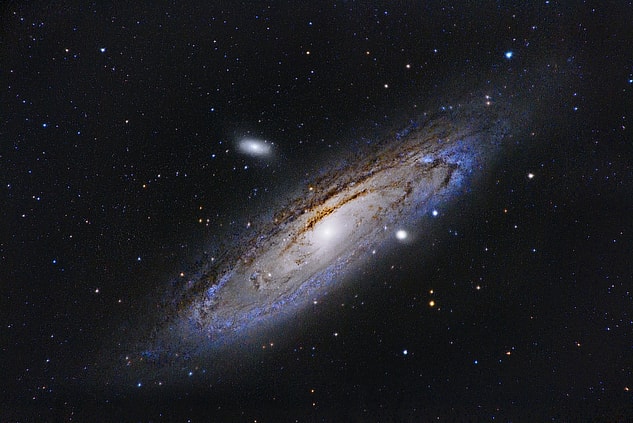
According to James Webb Discovery, you will want to have a reflecting telescope with a larger aperture between 150-250mm, and a moderate focal length between 750-1250mm to capture distant galaxies. Some great options to check out galaxies would be the Orion XT8 or the Celestron Advanced VX 8” telescopes that offer both excellent light-gathering capabilities and versatility.
CHECK OUT: 5 Most Expensive Space Programs In History
Can You See Jupiter with a Refractor Telescope?
Yes you can see Jupiter with a refractor telescope. On most clear nights you should be able to see both Jupiter and Saturn through an 80mm refractor. The harder part is finding the planet in the sky initially before focusing in on it, since there are so many other planets, stars, and moons in the sky.
What Does Aperture, Magnification, and Focal Length Mean on a Telescope?
Talking about these three stats are the most important parts of finding the best telescope for you. Let’s break down each of these pieces and what their purpose is on a telescope.
- Aperture: The aperture is the diameter of the telescope’s main lens/mirror and is measured in millimeters, but commonly converted into inches. The measurement tells you how much “light grasp” a telescope has so a bigger aperture will deliver brighter views, better contrast, and more detail.
- Focal Length: The focal length is calculated by figuring out the distance that the light has to travel between the aperture and the focal point (where the rays of light converge together). This measurement is recorded in millimeters and is useful for two reasons – it’s the major determinant of useful magnification, and it gives a rough idea of your field of view that you should be expecting.
- Magnification: The relationship between the two focal lengths gives you the magnification of your microscope. In order to figure out the magnification, you just need to divide the focal length of the scope by that of the eyepiece. For example, if you have a 1,2000mm focal length and a 20mm eyepiece, then your magnification would be 60x. So, the smaller the focal length of the eyepiece, the better the magnification will be on your telescope.
ALSO READ: 8 Most Expensive Refrigerators on the Market Today
15 Best Telescopes for Observing the Planets
Check out our list below of the top fifteen telescopes for observing each and every planet in price order.
15. Sky-Watcher Explorer 130 EQ2, $300
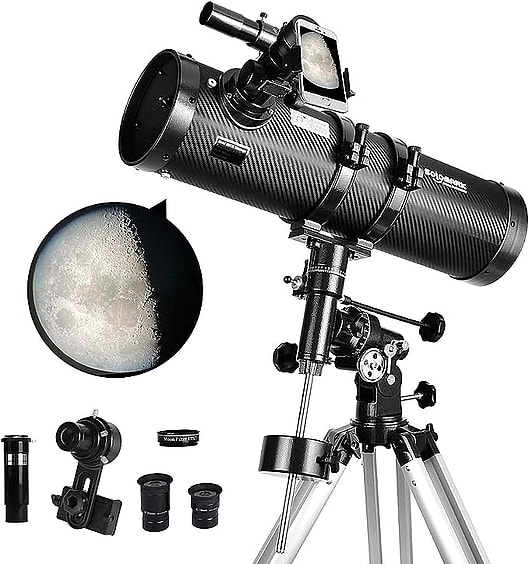
If you want a reliable telescope that can see deep space right from your backyard, try out the Sky-Watcher Explorer. With good optics and slow motion controls for fine adjustments, you can hone in one whatever planet strikes your fancy that night. It can be a little heavy though, so be aware when you are moving it around.
14. Celestron Inspire 100 AZ, $350
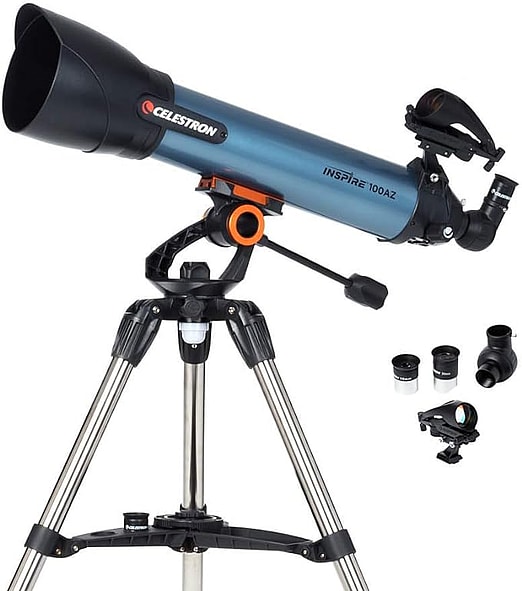
The Celestron Inspire is a great introduction to astrophotography and with its quick set-up, you’ll be gazing at stars in no time. Perfect for beginners or intermediate stargazers, there is a range of accessories that come with this telescope, and it is easy to assemble. Just be aware that there might be a slight false color in optics.
13. Sky-Watcher Evostar-90 AZ Pronto Telescope and Mount, $400
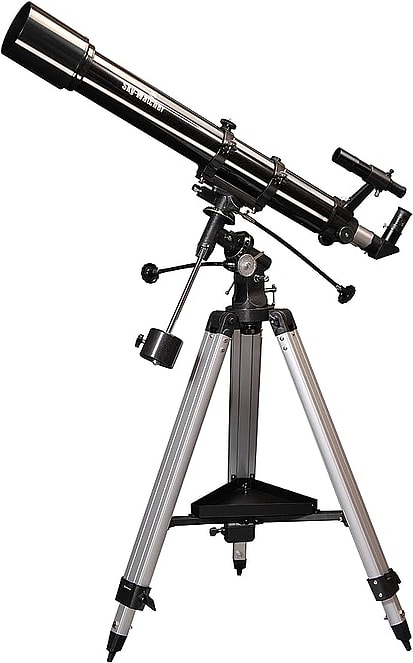
If you are on a relatively strict budget but still want a decent telescope setup, try out the Sky-Watcher Evostar-90. With a focal length of 900mm you’ll be able to get good views of deep space targets, as well as the planets. This is not meant to be a fancy telescope, but it gets the job done in terms of seeing the planets and stars.
12. Celestron Astro Fi 102, $500
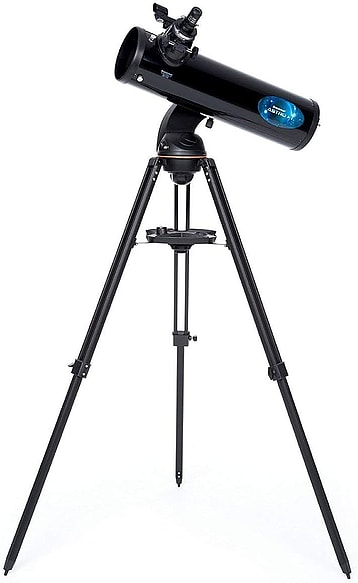
This Newtonian reflector is a great option for those who live out in the city and need a portable telescope to take out into rural areas. The Celestron Astro Fi is packed with technology and is controlled by an app, so with a touch of a button you can focus on a certain constellation or your favorite planet in the sky. The only downside is that you need the app in order to use the telescope.
11. Orion Skyline 6-inch Dobsonian Reflector, $500
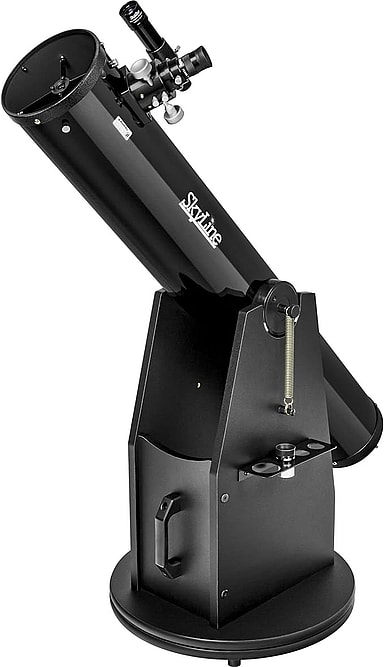
If you want the finer details of the planets, then try out the Orion Skyline. Though it is more suited to beginners and intermediates, it’s perfect for the novice star-watcher. This telescope has a sturdy build and can get powerful and clear views of the planets with high-quality optics.
10. Celestron Omni XLT 102, $650
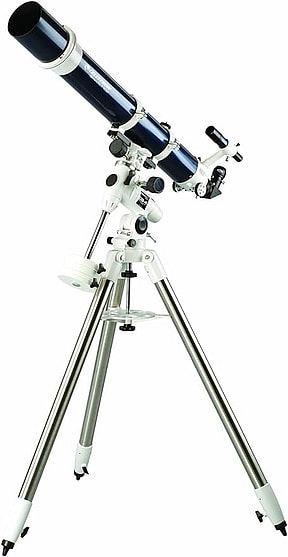
Perfect for intermediate astronomers, the Celestron Omni XLT has very good quality optics and a sturdy design to follow you wherever you want to look at the planets. It also is easy to accessorize, so you can customize your experience and your telescope to the perfect view. If you are a complete beginner though, maybe steer away from this more experienced telescope.
9. Sky-Watcher Skymax 150 Pro, $800
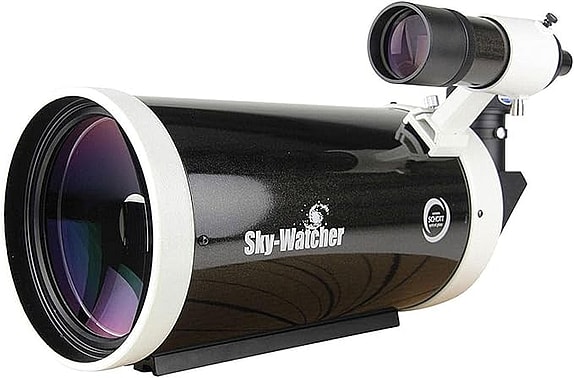
If you want to get all the best pictures of your favorite planets, you should get the Sky-Watcher Skymax 150 Pro, as it is one of the best telescopes for astrophotography. With excellent optics and a high-quality build, you won’t need to worry about getting a good picture of deep space.
8. Sky-Watcher Skymax 127 SynScan AZ GoTo, $900
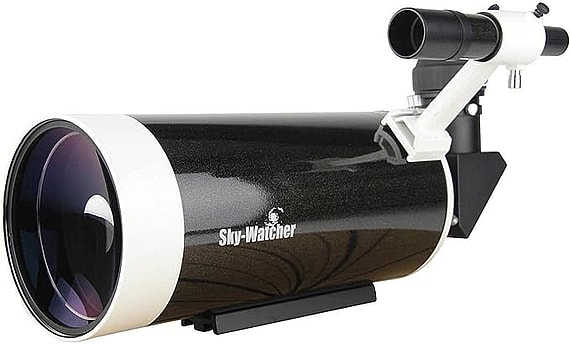
Perfect for smaller budgets that still want great optics and tech, the Sky-Watcher Skymax 127 Syn Scan is a perfect telescope for intermediate astronomers. Beginners might even do well with this telescope as it is very user friendly with a simple altitude-azimuth mount. Just be aware that the tripod can be a little shaky at times, but if there’s little to no wind you shouldn’t have a problem.
7. Orion Starseeker IV 150mm GoTo Mak-Cass Telescope, $1,200
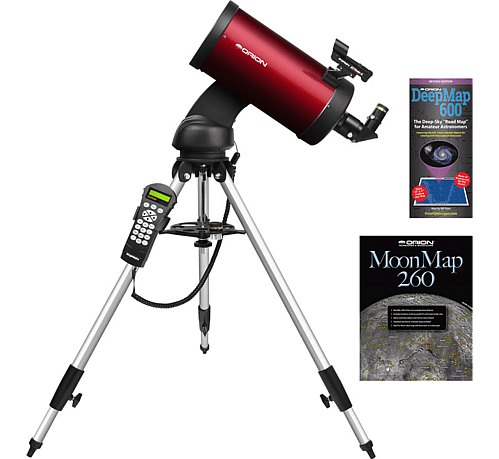
If you want a straightforward scope that’s simple to set up, try out the Orion Starseeker IV. This telescope can see Jupiter and its Galilean moons quite easily, and you can move the mount without losing your axis. It comes with two eyepieces and a star diagonal, and through the handset you can slew to different planets with a touch of a button.
6. TecnoSky AG70, $1,300
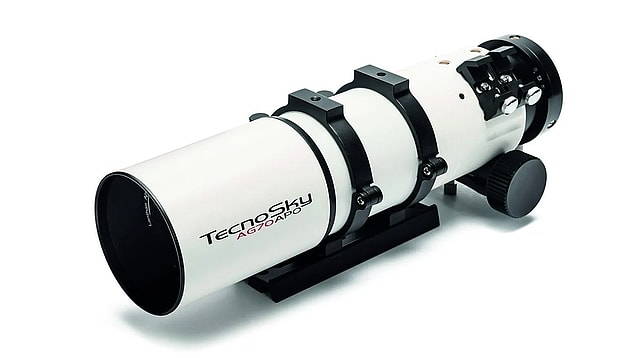
If you want a pricier telescope that will provide you will detailed photos of the planets with minimum fuss, try out the TecnoSky AG70. With the optical system capable of erasing two major issues with astrophotography — color problems and star shape issues — you will not need to go in with a coma corrector to get the perfect photo. Along with stellar pictures, this telescope is quite easy to set up as you just need to take it out of the box and attach it to a mount and you’re ready to view the planets.
5. Vaonis Vespera Observation Station, $1,500
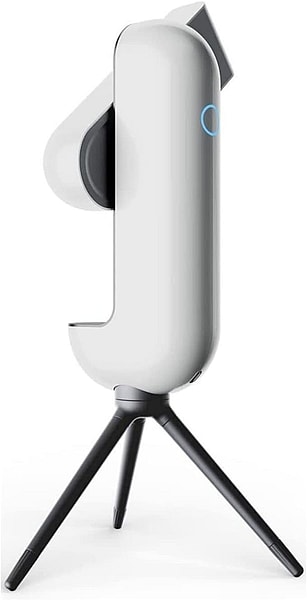
Tech lovers will enjoy the Vaonis Vespera Observation Station, which brings you smart views of the night sky for beginners and veterans alike. It’s able to cut through light pollution to view the moon and stars, and is operated through an app on your phone. It can also create shareable images so you can share your love of astrophotography.
4. Unistellar eQuinox 2, $2,500
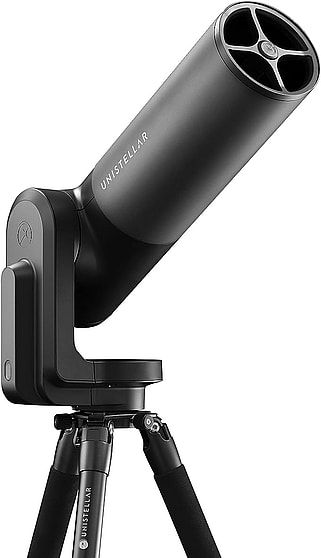
With a smart telescope and a reliable app, you’ll be seeing planets in no time with the Unistellar eQuinox 2. The eQuinox 2 has an elegant layout on the outside, and when you set it up to view the stars, you’ll be able to get enhanced astro photos of whatever planet you choose.
3. Celestron Nexstar Evolution 9.25, $2,600
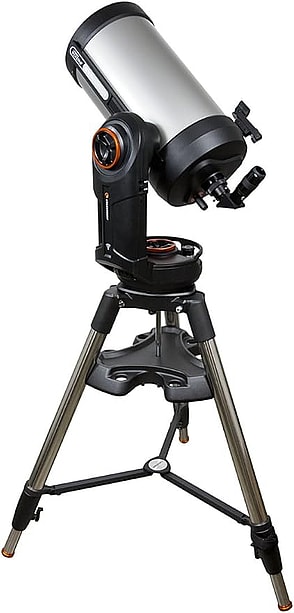
If you don’t need to go very far to see the night sky in definition, try using the Celestron Nexstar Evolution to open your eyes to the rest of the cosmos. With a Schmidt-Cassegrain optical design, you will be able to get crisp views with no defects of stars and planets alike. Though it isn’t super portable, it is quite easy to set up and start seeing the planets in no time.
CHECK OUT: 5 Space Missions That Ended In Disaster: From Challenger To Apollo
2. Celestron Advanced VX8 Edge HD, $2,800
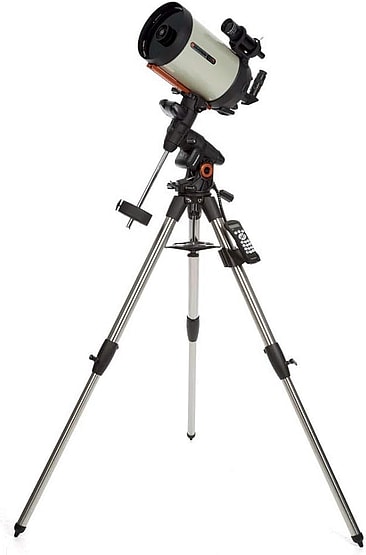
Veteran astronomers, if you’re looking for that new telescope try out the Celestron Advanced VX8 Edge HD. The great-sized aperture provides a pinpoint sharpness across your whole field of view, and the seamless motorized mount will glide you through space to your favorite planet or star. Though it can be a little heavy, it really is a great value for a veteran astronomer.
1. Explore Scientific Carbon Fiber 127mm Triplet Apo Refractor, $3,400

Revealing subtle details on the planets and the Moon is no problem for the Explore Scientific Carbon Fiber telescope. This is possible due to the triplet set of lens in the telescope, and thus produces excellent optics relative to its price point. The other interesting advantage with this telescope is that the tube is made from carbon fiber, allowing the equipment to stay relatively light and easy to transport.
Best Telescope to See Planets and Take Pictures?
The best astrophotography telescope is the TecnoSky AG70. It is designed to allow astrophotographers to capture images with minimal fuss, and has an optical system designed to eliminate issues with star shapes or color problems. It also has a focal length of 350mm, which is great for capturing extended objects and large nebulae. This astrophotography telescope sells for around $1,300.
Best Telescope to See Planets for Beginners?
The Celestron Inspire 100AZ is the best beginner telescope to see planets with. It has a quick set up, is affordable, but still provides excellent views of the stars, planets, galaxies, and nebulas. It also has an astrophotography capability, so if you’re looking to get into astrophotography this is a great telescope to start off with. This telescope sells for around $350.
Best Telescope to See the Milky Way Galaxy?
The best telescope to see the Milky Way Galaxy is the Celestron Nexstar Evolution 9.25. This go-to telescope can show you the galaxy in HD with crisp views with no defects. The Nextstar is easy to set up and has a high-quality design. The only small deficit to this telescope is the price point, hovering around $2,600.
How We Chose the Best Telescopes
We chose the best telescopes based not only on price value, but on the quality of the product. These telescopes are all qualified to give you the best images or views of the galaxy as possible, and all have their own unique attributes that make them perfect for any person. We have a collection of astrophotography, beginner, and professional telescopes that you can choose from, and find the best version for you to gaze at the planets.
Telescopes can be a little confusing, from the technical jargon to the actual equipment you want to make sure you know what you are doing before purchasing one. Once you get the hang of finding planets in the sky, check out our list of the fifteen best telescopes so you will avoid looking at any more blurry planets.


